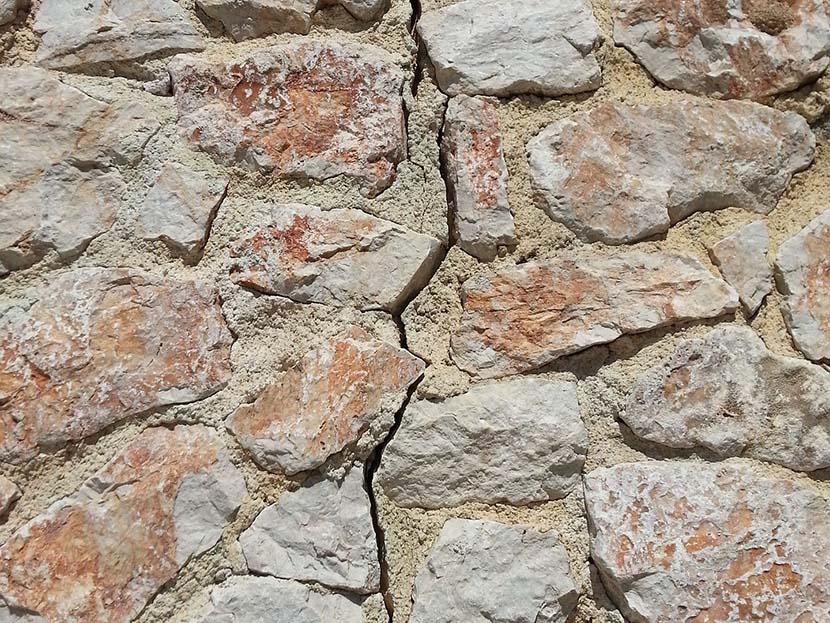Thursday, April 18, 2024

An earthquake of magnitude 6.3 struck southwestern Japan on a late Wednesday evening, according to the US Geological Survey (USGS). The seismic event occurred in the channel that separates the islands of Kyushu and Shikoku, approximately 18 kilometers west of Uwajima at a depth of 25 kilometers. Notably, this area is positioned in one of the world’s most seismically active zones, where earthquakes are a frequent occurrence.
Despite the significant magnitude, the earthquake did not trigger a tsunami warning, which is often a critical concern in such seismic events. The Japan Meteorological Agency (JMA) confirmed the absence of a tsunami threat and advised the public via social media to avoid dangerous areas while remaining alert for aftershocks. This proactive communication is part of Japan’s robust earthquake readiness strategy, developed from decades of dealing with the impacts of seismic activities.
In the wake of the earthquake, the region’s infrastructure was put to the test. The Ikata nuclear power plant, located near the epicenter, was a focal point of attention. Japan’s Nuclear Regulation Authority reported that the plant was functioning normally without any abnormalities. This news was a relief to the authorities and the public, given the country’s sensitive history with nuclear facilities being compromised by earthquakes, notably the 2011 Fukushima disaster.
Government response was swift and coordinated. Government spokesman Yoshimasa Hayashi confirmed the lack of tsunami warnings and reported no abnormalities at any power plants. He assured the public that the authorities were thoroughly assessing the situation to determine if there were other damages and were prepared to respond effectively to any developments.
The local reaction varied, with some residents experiencing the earthquake more intensely than others. A fisherman from the Ehime region shared his experience with the national broadcaster NHK, describing the quake as the strongest jolt he had ever felt, which lasted for about 10 to 20 seconds. Despite his initial panic, the damage to his property was minimal, with only small objects being displaced.
Japan’s advanced earthquake engineering and strict building codes are likely reasons why even a strong earthquake such as this resulted in minimal damage. These regulations have been rigorously enhanced following the devastating Kobe earthquake in 1995 and the 2011 Tohoku earthquake and tsunami. Buildings and infrastructure in Japan are designed to withstand significant seismic forces, which helps in minimizing casualties and structural damage during such events.
Community preparedness is another key aspect of Japan’s defense against earthquakes. Regular drills and the widespread dissemination of safety information equip the public to handle the immediate aftermath of a quake effectively. This culture of preparedness has been ingrained in the Japanese population and is crucial in preventing panic and reducing the risk of injuries during and after seismic events.
Moreover, the rapid response and ongoing assessments by governmental bodies illustrate Japan’s commitment to safety and readiness. The transparent and continuous flow of information helps to manage public expectations and ensures that the community remains informed and prepared for potential aftershocks or secondary effects.
The earthquake in southwestern Japan serves as a reminder of the relentless threats posed by natural disasters in seismically active regions. However, it also highlights the effectiveness of Japan’s preparedness and response strategies. The absence of serious damage or a tsunami, and the normal operation of critical facilities like the Ikata nuclear power plant, underscore the resilience built into the Japanese infrastructure and society. As Japan continues to improve its disaster response capabilities, the lessons learned from each event further strengthen the nation’s capacity to manage and mitigate the impacts of future earthquakes.
Wednesday, May 1, 2024
Wednesday, May 1, 2024